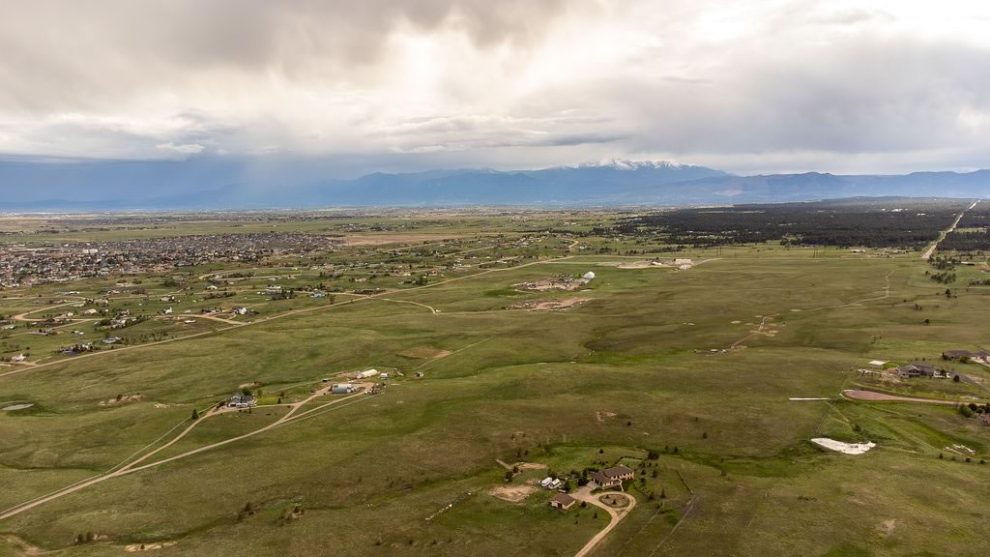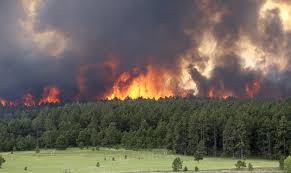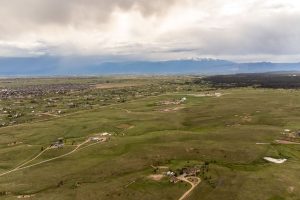By Terry Stokka
Last month, I wrote about the Denver basin; this month I want to continue to share more significant facts that I believe will be of interest to you, especially to those who have private wells in the Denver basin.
Colorado Springs gets 70% of its water from the Colorado River. Water is piped from the Western Slope through Twin Lakes near Buena Vista and into the Arkansas River. A secondary pipeline comes over the front range just south of the Air Force Academy. The Southern Delivery System (SDS) is a 24-inch waterline from Pueblo Reservoir to Colorado Springs.
At present, Colorado Springs Utilities has water rights and supplies above the current demand. CSU uses about 75,000 acre-feet per year and has 95,000 acre-feet per year of water rights. Colorado Springs uses 40 million gallons per day in the winter and 100 million gallons per day in the summer. CSU also has extensive Denver Basin water rights. CSU policy is to not use Denver Basin aquifer water except in an emergency.
Annexed developments surrender water rights to CSU except for golf courses and ponds. Flying Horse and Flying Horse North water their golf courses with aquifer water. Wolf Ranch created Wolf Lake (6 acres) with aquifer water. So far, Colorado Springs Utilities has not provided water to anyone outside the city limits but is considering providing water to such entities. Providing water this way would be a revenue boost to Colorado Springs Utilities, but the potential policy begs the question of who gets cut in a water shortage. Most likely, it would be users outside city limits.
Thousands of homeowners rely on Denver Basin water for their homes. The Denver Basin has well over 100,000 wells, but the exact number is difficult to find. El Paso County alone has over 22,000 private wells. From 1990 to 2016, 29,284 wells were drilled in the entire Denver basin: 13,050 — Dawson; 6,751— Denver; 5,535 — Arapahoe; and 3,948 — Laramie-Fox Hills. Highlands Ranch in Denver (100,000 residents) uses Denver Basin water for 10% of its needs; 70% of water used in the South Denver metro area is groundwater. Castle Rock uses groundwater for 85% of its water use. Castle Rock, Parker and other municipalities use Denver Basin water.
Water levels in the Denver basin are declining in several areas. Around the city of Castle Rock, some wells have been declining up to 30 feet per year. The Denver basin is thinner in the Castle Rock area. Fortunately, according to a local well driller, Black Forest wells have been holding quite steady. The Dawson aquifer is much thicker in the Black Forest than farther north.
The Colorado Division of Water Resources allocates how much water anyone can pump. The state has a model that supposedly indicates the thickness of the aquifer at any given location. The state multiplies the thickness of the aquifer (feet) times the acreage to equal acre-feet of what is called the saturated thickness. The state considers 0.2 or 1/5 of each cubic foot of earth to be water. Total acre-feet of saturated thickness times 0.2 equals acre-feet of water available. Water allowed per year is available water that is divided by 100 for the 100-year duration of the aquifer. That figure is again divided by three for the 300-year rule. About 40% of the water is not economical to extract because the pumping rate declines with pumping and makes it too expensive and unproductive to keep pumping. The amount of water allocated for pumping is based on a 1985 geological model. The amount assumes pumping the aquifers dry in 100 years. The 100-year rule was initiated in 1973. We are 46 years, almost halfway, into the 100 years toward “dry” wells in parts of the state.
El Paso County initiated a 300-year rule in 1986 to extend available water for private wells in the county. El Paso County permits only 1/3 of the state allocation per year. Theoretically, the 300-year rule should provide water for two more centuries. The 300-year rule was challenged in the Colorado Supreme Court but was upheld for El Paso County. In spite of the 300-year rule, all of the northern El Paso County water providers need more water. Water providers were told they had enough water for their developments, but continuous pumping is resulting in diminishing returns from well production. Woodmoor Water states that a well that formerly pumped 100 gpm only pumps 40 gpm now. Monument, Palmer Lake, Woodmoor, Tri-View, Meridian Ranch, Paint Brush Hills and Falcon need more water. Several of these water providers have purchased additional water rights on ranches south of Colorado Springs and Leadville. Pipelines and access to that water is not available at this time.
There are a lot of facts and numbers here that I hope you can comprehend. Cut this article out and save it for future reference. All of us need to be informed and knowledgeable about water so my goal is to help you in this area.






